Ask Brendan Fahey ’13 what he remembers most from visiting North Korea as part of a for-credit study abroad program – the first of its kind in the U.S. – and it probably won’t be the opulent tomb of the country’s eternal leader, Kim Il Sung, the incredible feats of gymnasts at a famous festival, or even playing a pick-up game of soccer with middle school students who proved themselves worthy adversaries.
While certainly highlights, those experiences don’t compare with what happened on a beach outside the capital city of Pyongyang in one of the most secretive countries on the planet.
“I was challenged to a swimming race by a North Korean police officer,” says Fahey, an international economics and commerce major and midfielder on Lafayette’s lacrosse team. “I thought it was only going to be a few feet, but it was halfway across the bay.”
After the race, the man invited Fahey to join his family on the beach for a picnic of clams and carefully poured shots of distilled alcohol made from grain, a North Korean specialty.
It was just one of many encounters enjoyed by Lafayette students who traveled to China, North Korea, and South Korea this summer for two-and-a-half weeks as part of the course “Interconnections in Northeast Asia.” Organized with help from the Pyongyang Project, a nonprofit in Beijing, the program focused on the history, culture, and politics of East Asia since 1945, and explored the similarities and differences among the three countries.
View and share photos from Interconnections in Northeast Asia in Flickr
“We wanted to study North Korea not in isolation, but as a complicated and diverse region,” says Seo-Hyun Park, assistant professor of government and law.
Paul Barclay, associate professor of history, who accompanied Park on the trip along with Michael Jordan, director of international and off-campus education, says the group was able to compare representation of the Korean War by visiting museums devoted to the conflict in each country. North Korea’s version is the Victorious Fatherland Liberation War Museum, China’s is the Museum of the War to Resist U.S. Aggression and Aid North Korea, and South Korea’s museum commemorates the Korean War as but one of many invasions on the peninsula.
However, it’s one thing to read a plaque or gape at a display in a history museum, but another to meet the people who have been affected by the conflict, says Connor McNamara ’13, a mechanical engineering major and member of the fencing team.
“Many of our experiences were off the normal tourist routes, so we were able to experience the countries from the perspective of the citizens,” he says.
In Beijing, students met with peers at Peking University to discuss Korea, foreign policy matters, and U.S.-China relations. And if their conversations indicate the future of diplomacy between the two nations, we can all exhale a hopeful sigh. Although social media is blocked in some parts of China, university students occasionally have access and the two groups are now Facebook friends. Students also hiked the Great Wall, glimpsed the Forbidden City, and took a boat ride in the Yalu River, which borders North Korea.
Originally, class participants thought they’d have to fly to Pyongyang, but at the last hour learned they’d be taking a train into North Korea, following an experience on an overnight one from Beijing to Shenyang, another Chinese city closer to the border of North Korea.
Once there, security was a lot more lax than imagined. Christina Cucinotta ’14 says a security guard seemed more interested in looking at her postcards of the Great Wall than screening her person and bags with a metal wand.
Although the group’s passage through North Korea was carefully planned, citizens were extremely friendly, with one man wanting to practice his English with students on the train.
“I was amazed at how easy it was to connect with people, even in situations where you do not speak the same language,” says McNamara.
The biggest tourist attraction in the country by far is the Kim Il Sung Tomb Palace. Security there was much more rigorous; cameras had to be turned over and visitors subjected to the equivalent of a full body scan.
“We had to step on these mats that were like a carwash for our feet,” says Cucinotta.
The story of Kim Il Sung’s life and death was told in epic and somber fashion and the place was packed with tourists and citizens.
As part of the tour, students visited an orphanage where smiling children performed traditional dances, attended the Arirang Mass Games, a famed display of synchronized gymnastics, and toured the capital city.
“I was amazed by what Pyongyang looked like,” McNamara says. “A fair amount of the buildings had a retro futuristic design to them. They reminded me of almost a Jetsons look. The ’50s and ’60s design elements meshed in a strangely wonderful fashion with the traditional Korean architecture.”
Plastic flowers on balconies were also popular, says Margaret Abelkop ’14, a chemical engineering major and McKelvy House scholar.
But it was the outing to the beach that gave students a real-life brush with average North Koreans.
“At first the people were a little nervous, but some of us went in the water and started a splash fight and then people just kind of warmed up,” Abelkop says in the Sept. 4 issue of the Chronicle of Higher Education. “At one point we also got a volleyball game going, although we had to mix up the teams because no one thought it would be a good idea to have the U.S. versus North Korea.”
People from across the beach gathered to watch and applauded with enthusiasm for both teams.
“These people were trained not to like us, but they were cheering us on,” says Melissa Drennan ’12, a psychology major and member of Lafayette’s dance team.
Taught by faculty from different fields, students had an opportunity to study a region through the lens of multiple perspectives and methodologies, says Park.
“Many of them, I’m sure, ended up with more questions than answers, and I hope that this course was a stepping stone for them to pursue their interest in Asian studies specifically — and also to think further about globalization, diversity, and interconnections more broadly,” she says.
It also gave them a new outlook on North Korea.
“It made me think it is way more complicated than I had imagined,” says Abelkop in the Chronicle interview. “Before we left, we read a book by Barbara Demick, Nothing to Envy: Ordinary Lives in North Korea, which followed people living in a third- or fourth-tier city during the famine of the 1990s. So that gave us a sense of some of the cruelest realities of the country.
“I think somewhere between what we saw and her book lies the truth about North Korea, which I’m never going to have access to. But what we saw was real as well. There’s a lot of nuance to life there.”
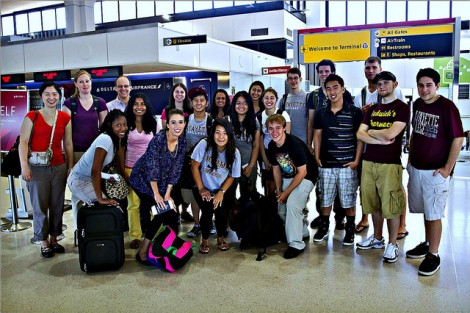

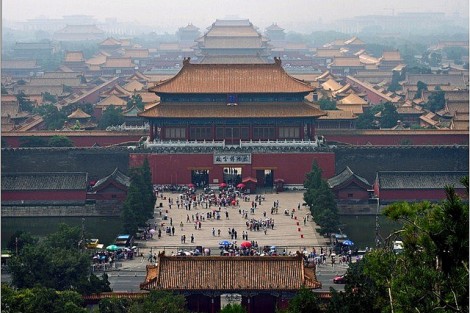

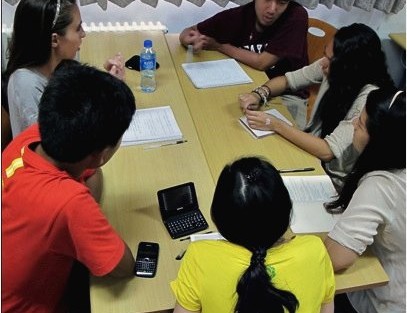
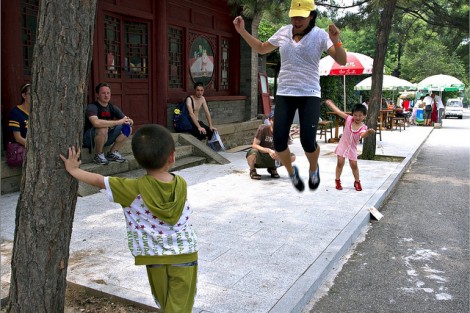
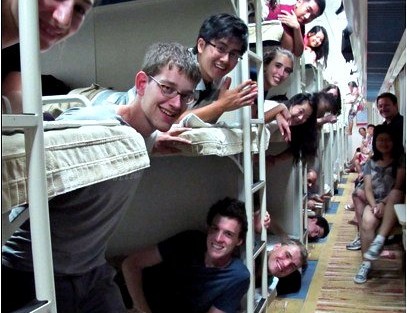
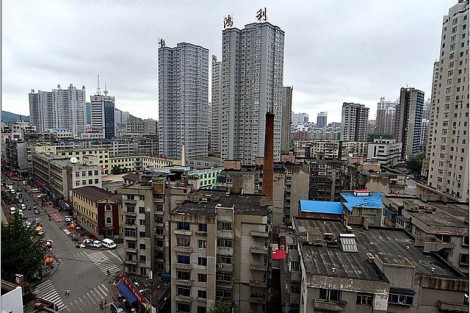

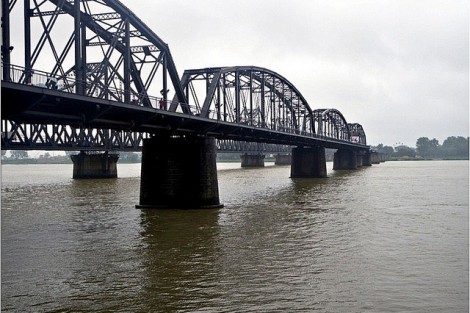
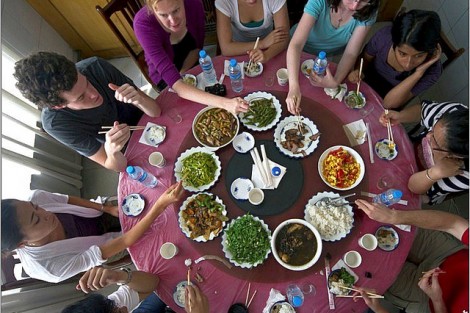

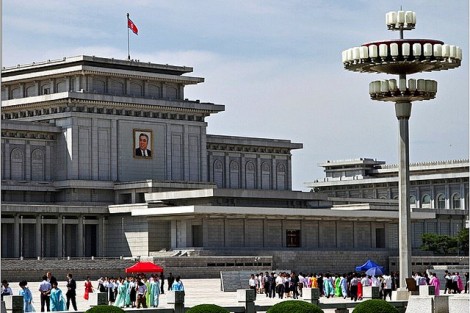
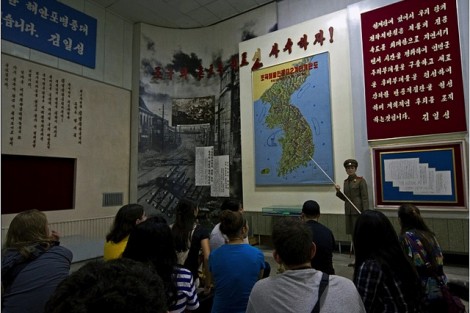
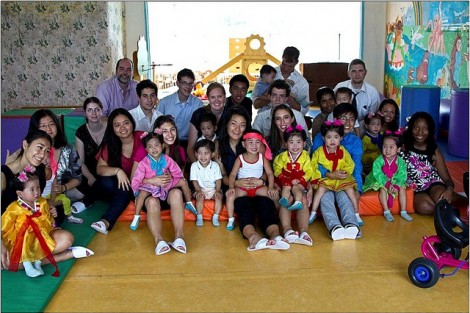
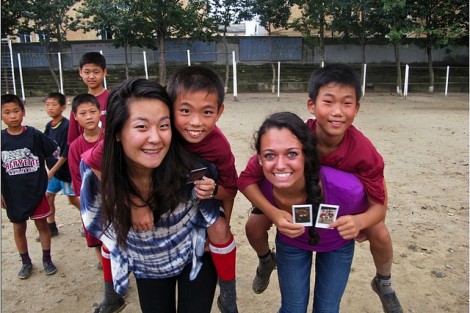

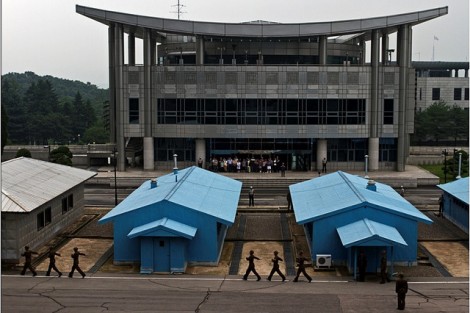
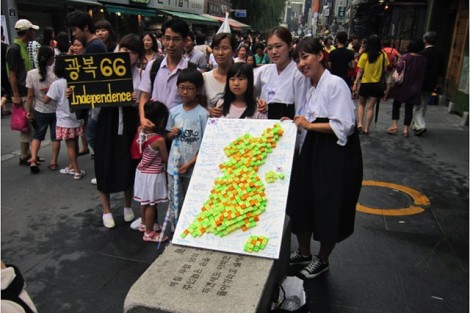
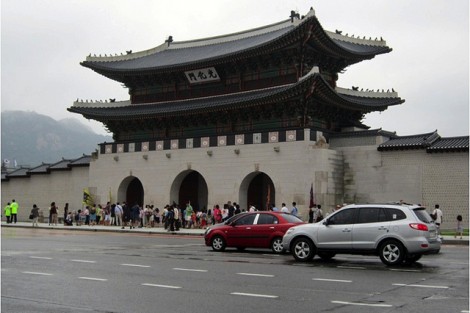
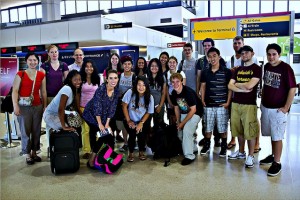

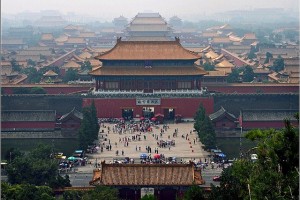

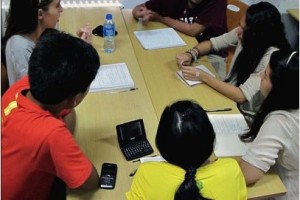
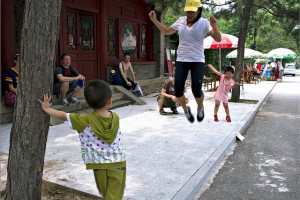
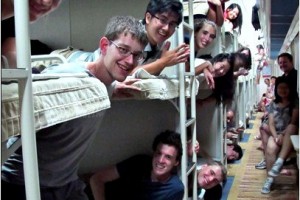
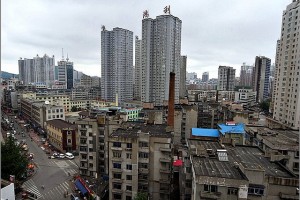
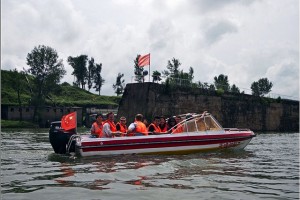
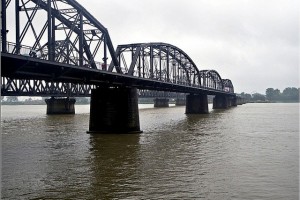
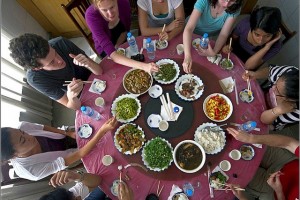
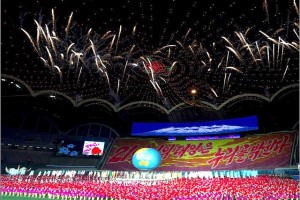
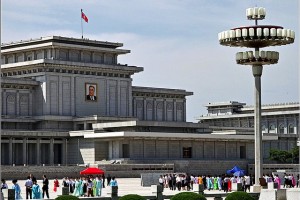
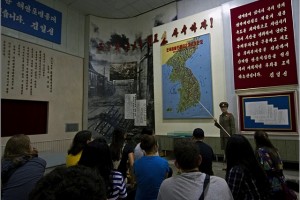
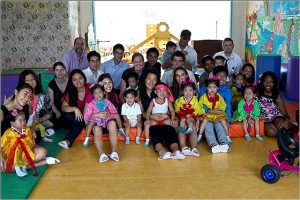
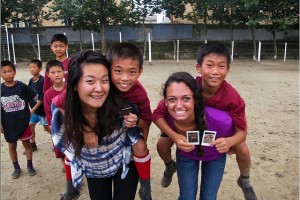
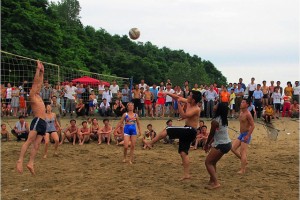

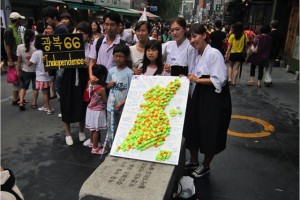
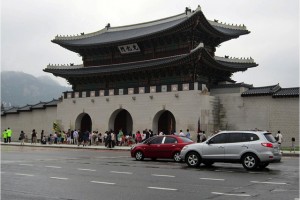
14 Comments
And I could have run towards a prison camp, then never have come home. There’s a difference. One that I thought some one could have seen despite my sarcasm.
The fact of the matter is that your point has not been proven and you should seriously look into checking facts before labeling an organization, or a program as you have done, before insulting it.
I truly am sorry you don’t have a broader appreciation for consequences. As you continue your education hopefully you’ll be open to other views. Education can include personal experiences and lessons from history. Lafayette has done that for me. I hope it will for you in your journey to life long learning. I recommend Eli Wiesel’s book “Night” for starters to broaden your perspective and introspection. Lafayette could be a place where that can happen. However, I really appreciate all the facts you have provided and I accept them all but not your conclusions. Disagreement and debate without personal invective is an important part of learning. I hope you realize that. My purpose is not to insult but present a different point of view much like Mr. Goldwein did. Sometimes seeking a new personal experience ( even though personally positive) can have negative consequences. That’s what you should consider. Read the book!!! QED
I agree with Christopher Yarnell. While the students’ experience in North Korea might possibly be a show put up to win some American approval, we have to realize how deeply our preconceived impression of North Korea has taken root in our mind, regardless of whether imposed by the government or the general media. Thus to view North Korea as it is from the very beginning proves to be hard and certainly requires some effort to stay as objective as everyone can possibly be.
Then of course, people can choose either to view North Korea from a “well-formed” Orientalist perspective, or to actually open themselves in order to see what a non-American country will reveal.
So by your standard it would have been ok for Lafayette to sponsor a trip to aparthied South Africa to get a sample of what that government and white afrikaner view of things were?? I would have opposed that sponsorship by the College as I do this, if there were contracts to be signed restricting free disclosure. If you want to go on your own fine but with approval of Lafayette as an instituion and as member of that community I would have then as I do now vigorous oppose trips with those types of preconditions .
You don’t understand, do you? We can talk about our experiences, the people with whom we spoke, and the places we went. There is very little that we can not speak about. You want hear stories about suffering and pain? That’s all on you. We told the media what they wanted to know. Whether they think we were being pressured to not talk is their own misconception. If you don’t believe me, then I’m sorry.
“there is very little we CAN”T talk about.” Yes,I guess I don’t understand the value of restricting free speech especially even after taking a trip constructed NOT to show everything about this regime and carefully orchestrated to give the visitors positive photos of volleyball games, orphanages etc. The trip certainly served the purposes of a regime that has impoverished its people and threatened its neighbors. Maybe we should send the Red Cross to do a redux of their visit to Germany 70 years ago to confirm everything that can be reported by OUR entourage!!. I guess we are going to disagree! Cheers!
Well, if you want somebody to satisfy your desire to hear about suffering and dying people, then yes, let’s send over the Red Cross. And speaking of trips constructed to NOT show people the bad parts of a country, how many trips have you heard of for tourists to America to see the areas of poverty in Camden or Harlem? Sounds like a fun vacation to me…
You simply don’t want to believe that people can find a shred of happiness there. We are NOT North Korea apologists. We are NOT saying that everyone is happy. We are NOT saying that all we saw was happy-go-lucky times. And we are certainly NOT denying that people are dying there.
People like you need to stop trying to put words in our mouths…cheers.
To my new friend Mr. Yarnell,
Regarding your quote below “sounds like a fun vacation.” People visiting NYC can get in a subway or tour if they want and visit Harlem. But I get it now!!! That would be a bummer for a vacation!
QED ( quod erat demonstratum).
Best of luck FOR your future.
It’s not the trip. You’re free to go wherever you please but it is the signing of a contract with the DPRK that restricts conversations with the press and other interested parties that is offensive. That agreement puts the college’s imprimatur on the propaganda efforts of a roque regime. If the contract didn’t exist I’d be all in favor. Which is the point of Mr. Goldwein’s letter, and his totally appropriate analogy with the Red Cross’ visit to Nazi concentration camps. I doubt, if you were publically critical of the conditions of the impoverished populace or the 200,000 people imprisoned referred to by the Washington Post, that we would be invited back. Sadly, in some quarters, like in 1939, the point has been lost.
The fact of the matter is, however, that we did not travel to North Korea to criticize a regime, comment on a way of life, or bring back horror stories of suffering men and women. While Goldwien may like to believe that we were being “beguiled,” his comparison is faulty. We did not come back thinking that North Korea “wasn’t all that bad.” We know that there are people suffering, and we know that what we saw may very well have been a show put on for our benefit. For people to be labeling us as tools for propaganda, and as “beguiled” is, frankly, insulting to our intelligence.
In regards to the contract we signed, never were we once told to specially not speak to the media. We are allowed to speak with whomever we want. We are only encouraged to watch what we say. What we do say, however, is what we know, what we saw, what we experienced. The reason we do not discuss the 200,000 imprisoned individuals is because that particular piece of knowledge is 1) so well known that none of us forget it when considering the DPRK, and 2) it had little to do with our trip.
If you want stories of suffering, continue to read the Washington Post; if you want stories that no one has heard before and gain a slightly broader perspective on North Korea, then I’d encourage you to listen to what we have to say.
As a counterpoint I urge readers to read the open letter to the Lafayette written by Eric Goldwien.
It expresses my feelings far better and more eloquently than I ever could. To think that my college…a liberal arts college can be an arm of this regime saddens me and should give pause to every alumni, faculty member, BOT member and officer of our great College.
While the article by Eric Goldwien is well written, it applies very little to the trip or the program in general. In addition, as a member of the student body who went on the trip, the articles which appeared in the Lafayette were very insulting and narrow.
It saddens me to think that people are so willing to criticize what we did and what we think, based on preconceptions. Had we told a story of strife and suffering in North Korea, such articles would not have appeared.
Comments are closed.